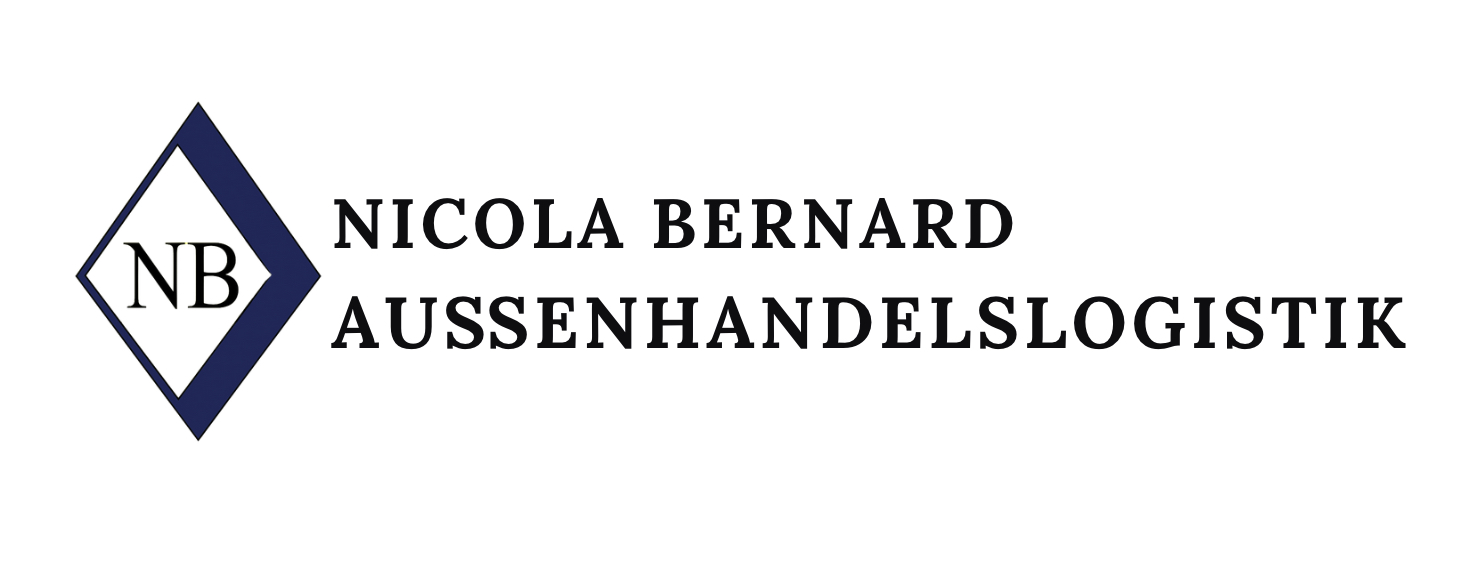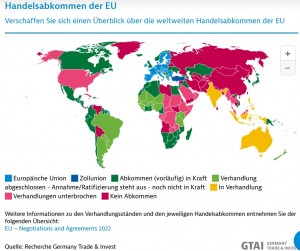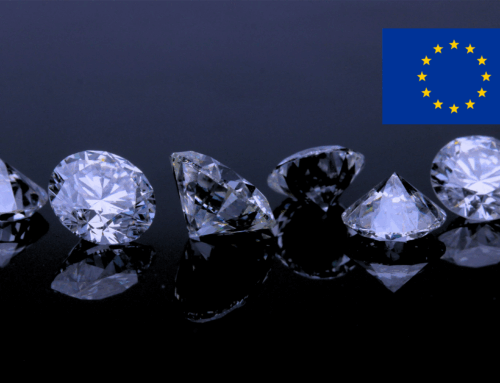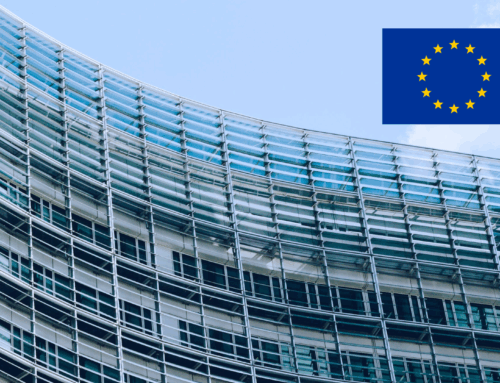According to the EU Commission, the proportion of EU-wide trade in 2021 that took advantage of the opportunities offered by trade agreements was limited to 44 percent. The reasons include high costs due to more bureaucracy and a lack of knowledge about the agreements. For this reason, the EU has been frequently concluding new-generation bilateral free trade agreements for several years.
New generation free trade agreements
New-generation agreements are no longer limited to reducing trade barriers, but are also designed to “simplify rules of origin and provide better and more product-specific information” as Germany Trade & Invest (GTAI) reports. Information on the implementation of the free trade agreement is also to be better communicated, making it easier for companies to apply it. In this way, the EU is increasingly succeeding in exploiting the economic benefits of the agreements more comprehensively.
The GTAI has provided an interactive map on its website showing the status of trade agreements with individual countries.
Source: GTAI






